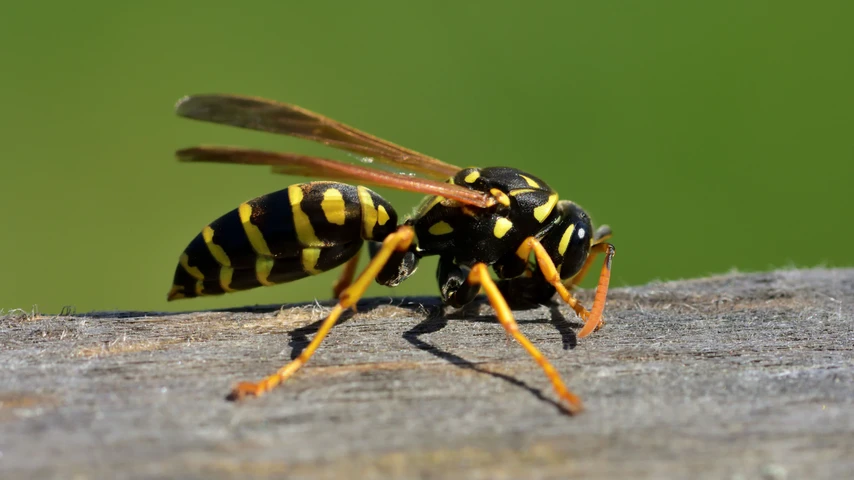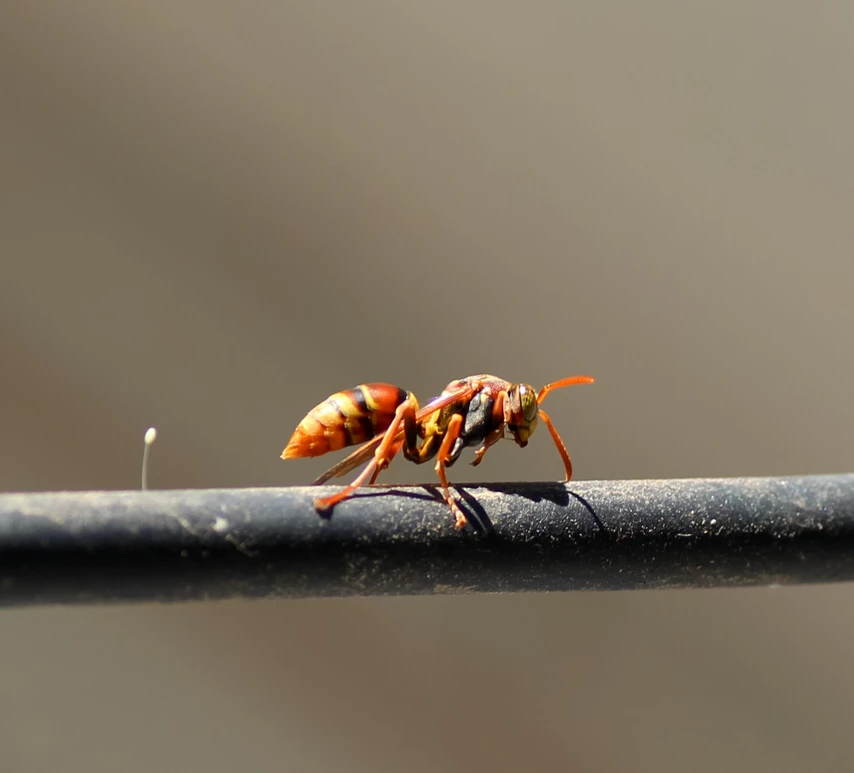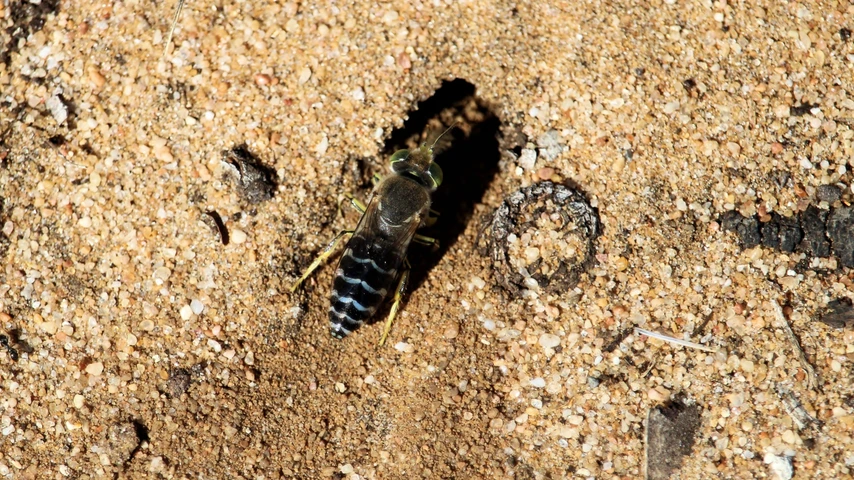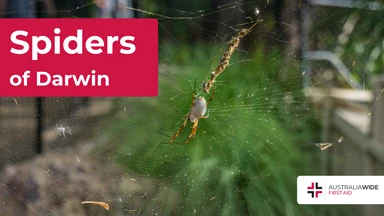5 Most Common Wasps in Australia


Australia is home to a diverse range of insect species, including several types of wasps. While some wasps are beneficial as predators of other pests, others can pose a threat due to their stinging capabilities.
We will explore the five most common wasps found in Australia, providing information on how to identify them, their range and location, whether they sting, and essential first aid treatment for their stings.

The European wasp, commonly known as the German wasp, is one of Australia's most common and aggressive wasps. They are medium-sized wasps, measuring around 12-20 mm in length, with bright yellow and black stripes on their abdomen.
Range/Location: commonly found in urban areas, gardens, and picnic spots across southeastern Australia, including New South Wales, Victoria, and Tasmania.
Sting Potential: European wasps are known for their painful sting and are capable of stinging multiple times.
If stung, individuals may experience intense pain, redness, and swelling. It is important to seek immediate medical attention if a severe allergic reaction occurs.

The paper wasp is a common variety found in Australia, characterized by its slender body and long, dangling legs. They come in various colours, including brown, red, and black, and can measure between 10-20 mm in length. Australia is home to Native, Asian, and European paper wasps.
Range/Location: Australian Paper Wasps are widespread across mainland Australia, including urban and rural areas.
Sting Potential: While they are generally non-aggressive and only sting in self-defence, provoking a paper wasp nest can lead to multiple stings.
Their sting is painful but not usually dangerous it causes pain, swelling, and redness, except for individuals with allergies.

Australian Paper Wasps have a slender body, typically measuring 15-25mm in length. They are reddish-brown to black, with yellow or orange markings. Their nests are papery and often attached to sheltered structures or trees.
Range/Location: Australian Paper Wasps are widespread across mainland Australia, including urban and rural areas.
Sting Potential: Australian Paper Wasps can sting if they feel threatened, but they are generally less aggressive compared to other wasp species. Their sting is painful but not usually dangerous, except for individuals with allergies.
We run certified First Aid courses throughout all major Australia citys. Find a location near you.

Mud dauber wasps are solitary wasps that construct nests from mud. They have long and slender bodies, usually black or brown in colour, and measure around 10-25 mm in length.
Range/Location: Mud Dauber Wasps can be found throughout Australia, including urban and rural areas. They are commonly seen around buildings, fences, structures, gardens, and rural environments throughout Australia.
Sting Potential: Mud Dauber Wasps are generally non-aggressive unless a severe allergic reaction occurs and rarely sting unless directly handled or threatened. They are considered beneficial due to their hunting of spiders, which they use to provision their nests.

The Sand Wasp is a non-aggressive wasp that has a tendency of hovering close to people's faces attempting to catch flies. They are often yellow and black, or white and black, with a pale green banded pattern.
Range/Location: Sand wasps make their solitary nests in sandy soil. They can be found in woods, woodlands, and urban areas around Australia.
Sting Potential: Sand wasps can deliver a painful sting if their nest disturbed.
When a wasp sting injects venom into the skin, causing varying reactions. Most people experience localized reactions at the sting site, such as pain, redness, swelling, and itching, which usually resolve within a few days.
In some cases, large local reactions may occur with significant swelling and redness extending beyond the sting site. These reactions can be more uncomfortable and take longer to heal.
Allergic reactions can occur, resulting in generalized itching, hives, difficulty breathing, dizziness, and swelling in different body parts. It's crucial to treat these reactions seriously and seek immediate medical attention, as they can be life-threatening.
To provide first aid treatment for a wasp sting, follow these steps:
Always consult a healthcare professional or seek medical help if the symptoms worsen or if the person has a known severe allergy to wasp stings. Following these first aid steps can help provide relief and minimize the discomfort associated with a wasp sting.
In the grand tapestry of nature, wasps hold a significant place. They play a vital role in our ecosystem, contributing to the delicate balance of life. Awareness of the five most common wasps in Australia is crucial to our safety.
By staying informed and taking necessary precautions, individuals can minimize the risks associated with wasp encounters and safely enjoy the Australian outdoors.
Keeping your first aid skills up to date ensures you are always prepared to help those affected by wasp stings. Renew your certificate now!

March 11, 2025
Darwin, the tropical capital of Australia’s Northern Territory, is home to a rich diversity of wildlife - including an impressive array of spiders. From the sprawling webs of golden orb-weavers to the cryptic camouflage of trapdoor spiders, these arachnids play a vital role in the local ecosystem. While some may inspire fear, the majority are harmless and even beneficial, helping to control insect populations.

September 4, 2024
Cat bites, while often underestimated, can lead to serious health complications if not treated promptly and properly. Cats' mouths harbour a variety of bacteria that can cause infections in humans.

April 1, 2024
Encounters with wildlife can often be thrilling, but when it comes to the creature known as the drop bear, the experience can quickly turn dangerous. A sharp increase in recent attacks prompts the need for understanding proper first aid procedures in case of an attack.